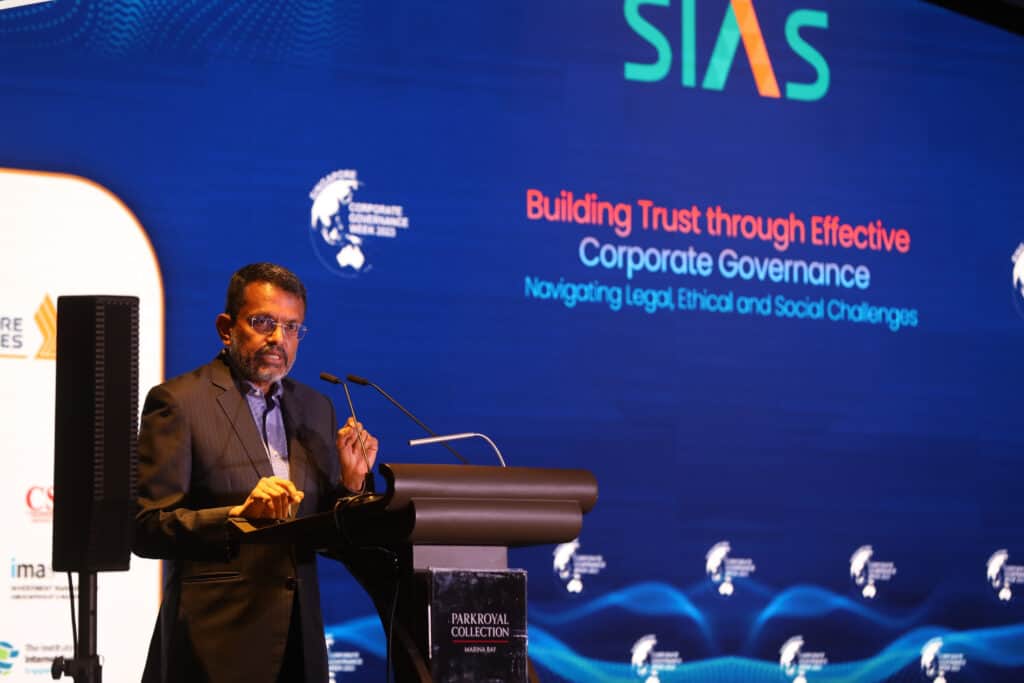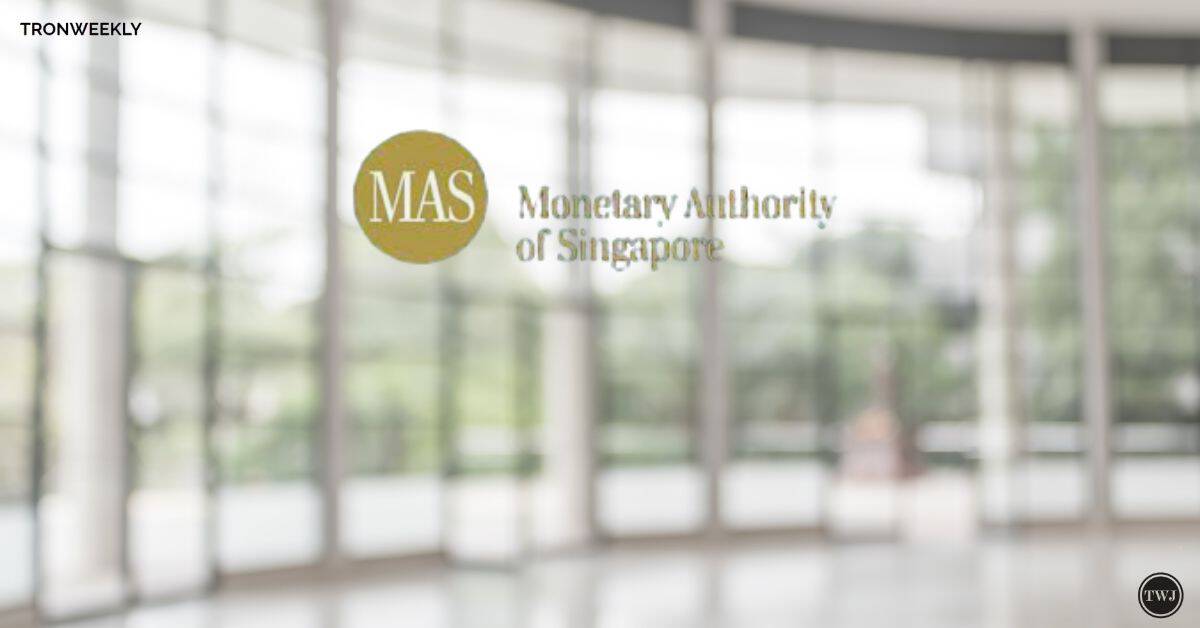MAS’ senior executive has asserted that stablecoins and central bank digital currencies [CBDCs] are positioned as potential forms of digital currency, distinct from cryptocurrencies. Ravi Menon, the managing director, conveyed this perspective during the Singapore Fintech Festival, emphasizing the role of privately issued cryptocurrencies, CBDCs, well-regulated stablecoins, and tokenized bank liabilities in the future financial landscape.
Menon’s rationale for excluding traditional cryptocurrencies from this category lies in their perceived failure to meet the requisite criteria for digital money. He highlighted their shortcomings, citing poor performance as a medium of exchange or store of value, susceptibility to speculative price swings, and significant losses suffered by many cryptocurrency investors.

There are four contenders for digital money. Cryptocurrencies have failed the test of digital money because they have performed poorly as a medium of exchange or store of value, their prices are subject to sharp speculative swings, and many investors in cryptocurrencies have suffered significant losses.
These remarks have attracted attention, particularly considering Singapore’s status as a prominent crypto hub in Asia. Menon illustrated his point in a keynote speech by referencing Paxos, a blockchain infrastructure platform that recently launched a stablecoin pegged to the USD in Singapore after securing approval from the Monetary Authority of Singapore [MAS].
As reported by TronWeekly, the new stablecoin aligns with MAS’ regulatory framework for stablecoins, unveiled on August 15, which outlines criteria such as value stability, capital, and redemption at par for issuers. MAS sees well-regulated stablecoins as a promising digital currency that complements CBDCs and tokenized bank liabilities.
MAS Managing Director Champions Project Guardian
Menon also highlighted Project Guardian, a collaborative effort between MAS and industry partners to tokenize foreign exchange, bonds, and funds. This initiative aims to enhance global liquidity, streamline cross-border transactions, and improve operational efficiency in financial markets, with trials involving major global banks.
Menon envisions a broader network of interoperable systems that facilitate instantaneous and seamless payment, clearing, and settlement. He emphasized the transformative potential of digital assets, identifying two critical features that could fundamentally change financial transactions. However, Menon expressed reservations about existing digital asset networks, including public permissionless blockchains and private permissioned blockchains, citing challenges such as accountability, legal uncertainty, and interoperability issues that limit their suitability as a global digital asset infrastructure.

